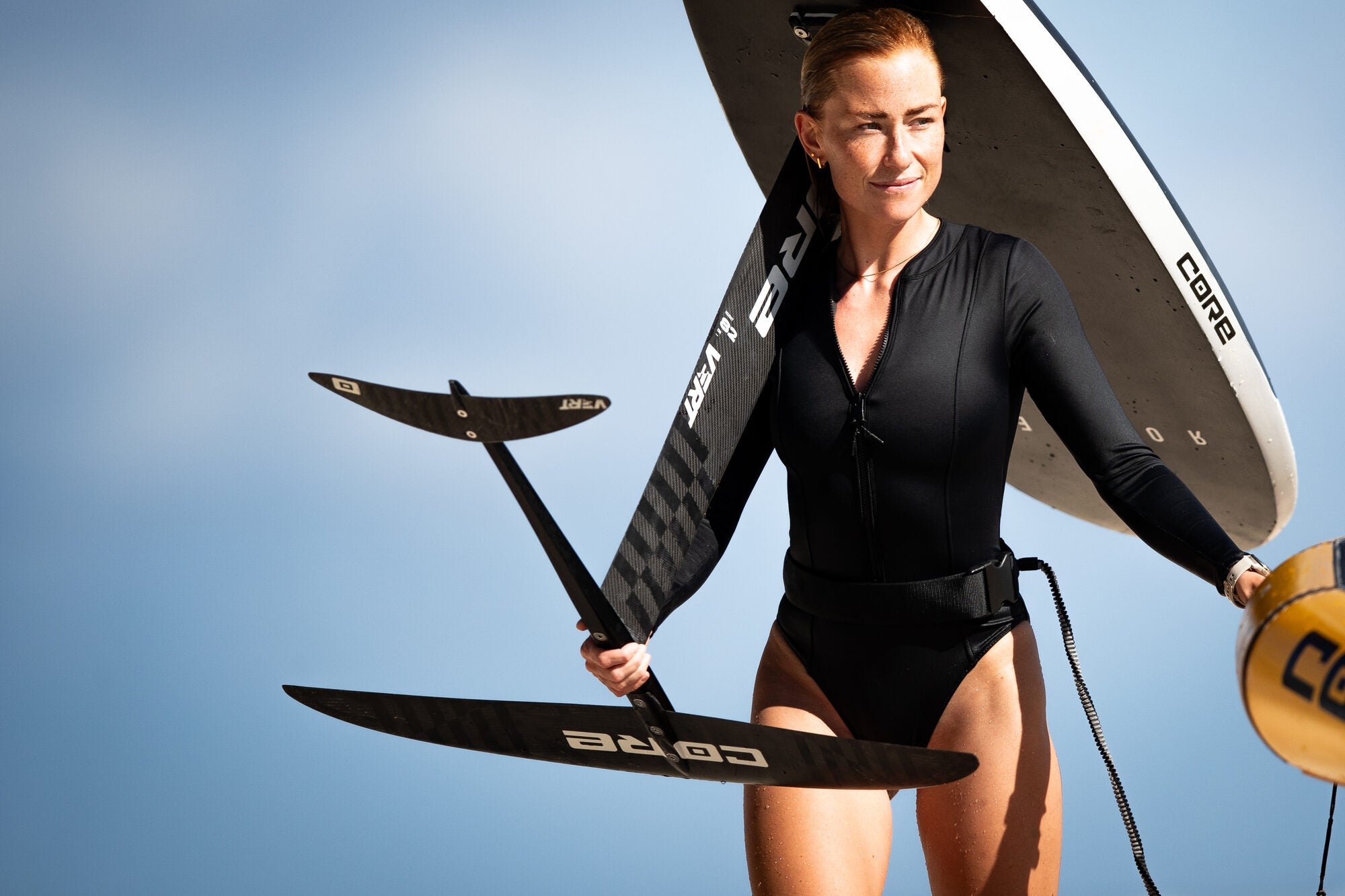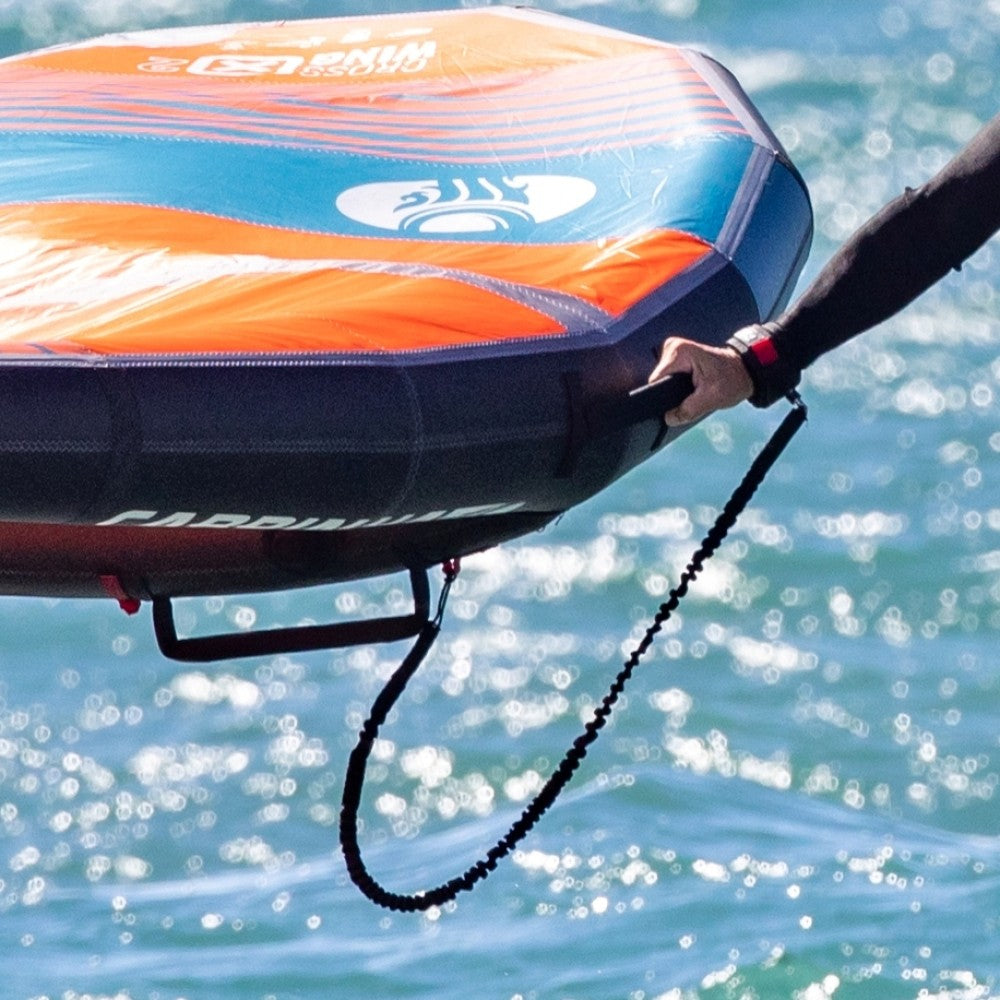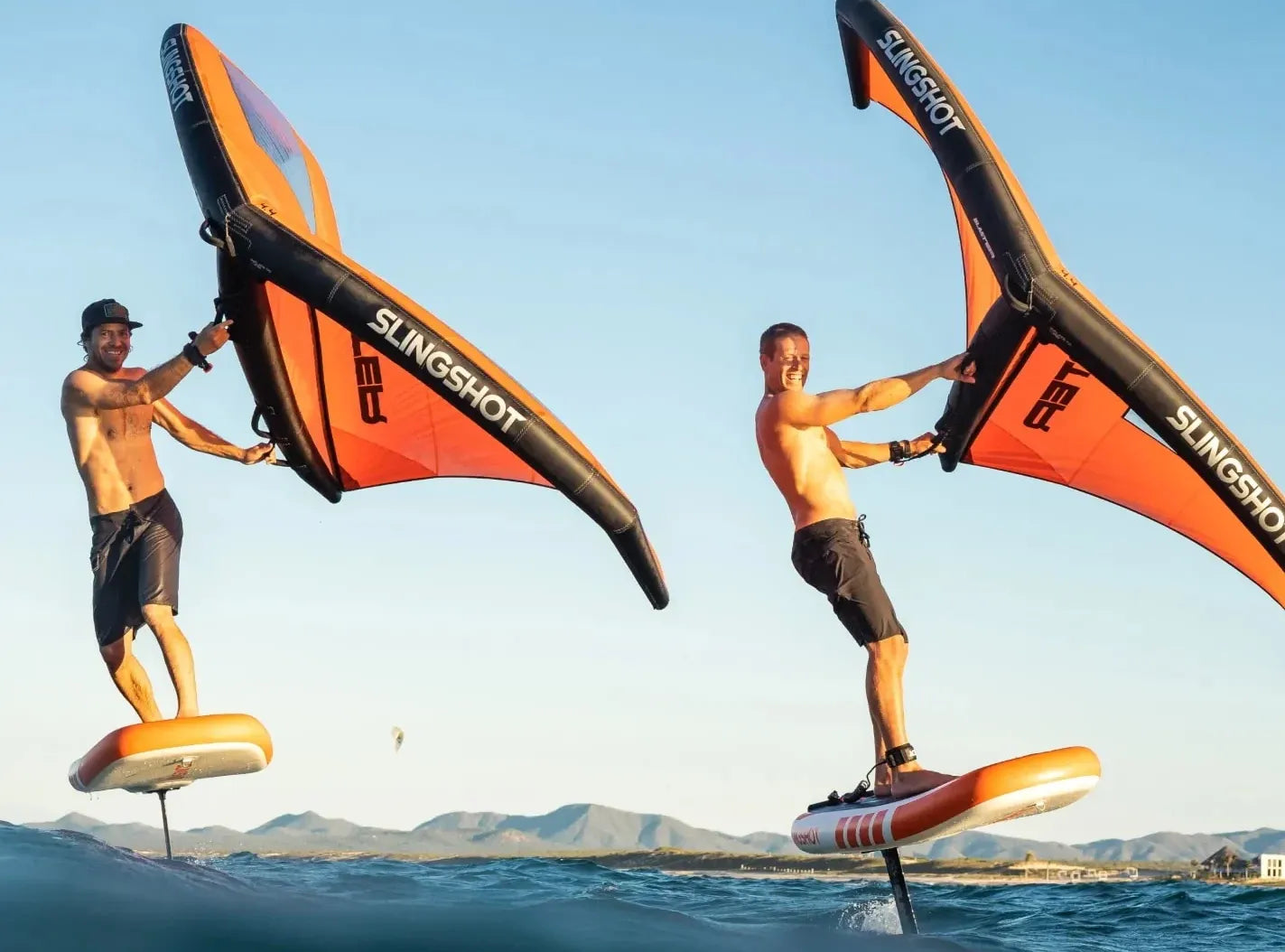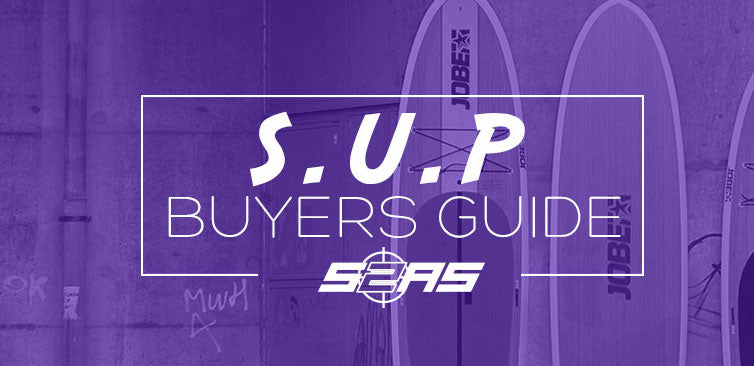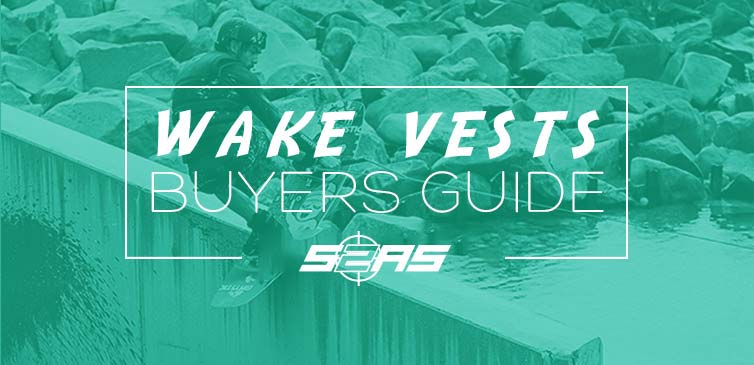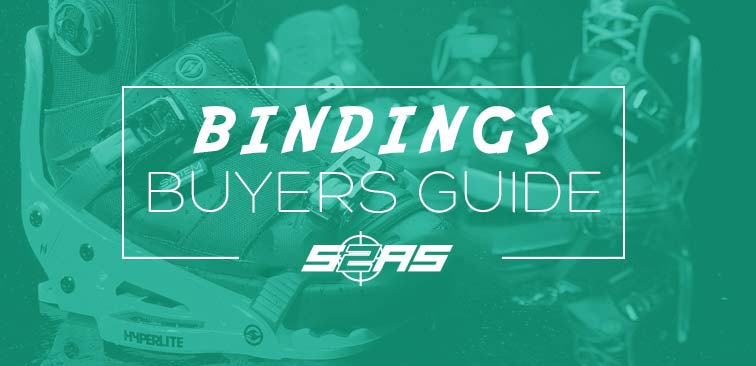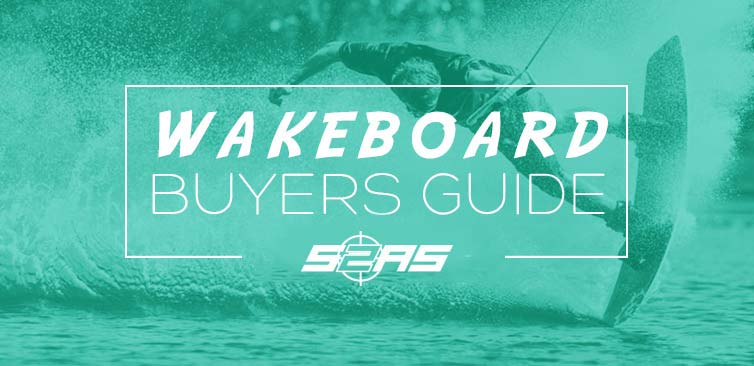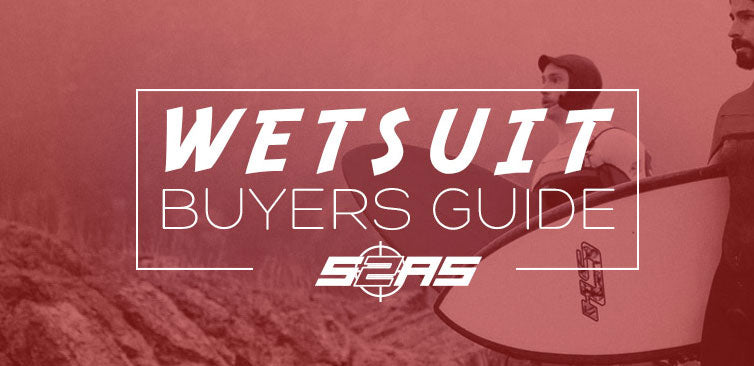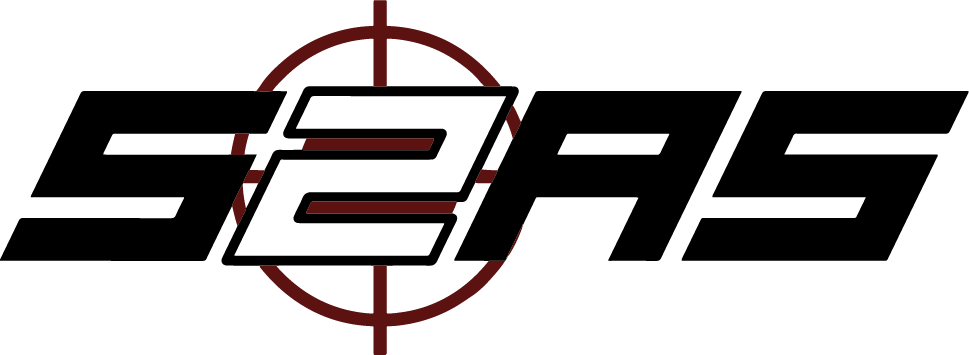Gli scarponi da snowboard sono senza dubbio la parte più importante della tua attrezzatura da snowboard. Un buon paio di scarponi può fare la differenza tra una bella e una brutta giornata in montagna. È fondamentale che gli scarponi siano comodi, adatti e funzionino bene con gli attacchi. Se vuoi provare a risparmiare quando acquisti la tua attrezzatura, non farlo qui, gli scarponi da snowboard sono quelli in cui vale la pena spendere un po' più di soldi e tempo per ottenere la calzata perfetta.
In questa sezione parleremo dei punti principali da tenere a mente quando si acquistano nuovi stivali:
Vestibilità - Flessibilità dello stivale - Sistemi di allacciatura - Fodere

Adatto
Gli scarponi da snowboard dovrebbero calzare comodamente attorno al piede, ma non così stretti da causare dolore. È anche importante ricordare che la maggior parte degli scarponi richiede circa una settimana di riding prima che si comprimano e raggiungano la loro vera dimensione.
Punti importanti da ricordare quando si indossa uno stivale:Le dita dei piedi dovrebbero sfiorare l'estremità dello stivale, ma dovrebbero avere abbastanza spazio per muoversi.
Quando spingi il ginocchio in avanti, anche il tallone deve restare fermo; qualsiasi scivolamento del tallone ti farà perdere molto controllo sul bordo della punta.
Ricordatevi di indossare una calza da snowboard o da sci quando vi fate adattare lo scarpone. C'è una linea molto sottile tra uno scarpone troppo stretto che causerà dolore e uno scarpone troppo largo che causerà il sollevamento del tallone.
Stivale flessibile
Proprio come le tavole e gli attacchi, anche gli scarponi hanno una valutazione del flex, che va da morbido a rigido. Il flex dello scarpone che dovresti acquistare dipende totalmente dalle preferenze personali, tuttavia, come regola generale, la maggior parte dei rider di park/jib e dei principianti sceglierà uno scarpone con un flex più morbido per una guida più indulgente. Quando si tratta di freerider e dei tuoi caricatori all mountain in generale, spesso si sceglie uno scarpone con un flex più rigido, per dare al rider più risposta e controllo ad alte velocità. È anche importante ricordare che non esiste un sistema di valutazione standardizzato del flex dello scarpone, quindi il flex può variare leggermente tra i marchi. In genere classifichiamo le valutazioni dei produttori da 1 a 2 come morbido, da 3 a 5 come medio, da 6 a 8 come rigido e da 9 a 10 come molto rigido.
Sistemi di allacciatura
Quando si tratta di sistemi di allacciatura, ci sono tre sistemi di allacciatura principali che le aziende utilizzano. Sono i seguenti:
STANDARD/TRADIZIONALE

ALLACCIATURA RAPIDA

ALLACCIATURA CON SISTEMA BOA

Rivestimenti
Una fodera è uno scarpone interno all'interno dello scarpone da snowboard, solitamente realizzato in EVA (etilene vinil acetato). L'EVA è un materiale leggero modellabile che consente al piede di modellare lentamente la sua forma nello scarpone nel tempo. La fodera svolge una parte integrante della tua esperienza di snowboard. Fornisce l'ammortizzazione, la stabilità e l'isolamento di cui i tuoi piedi hanno bisogno per continuare a shredder tutto il giorno in montagna. Alcuni scarponi sono dotati di una fodera rimovibile e alcuni sono fissati in modo permanente allo scarpone. Le fodere rimovibili consentono un processo di asciugatura più rapido.
Tipi di Liner
Rivestimenti di scorta - Fornire un livello di imbottitura di base che col tempo si adatterà gradualmente alla forma del piede.
Rivestimenti modellabili - Un passo avanti rispetto ai materiali più economici utilizzati nelle scarpette di serie: sono realizzate per adattarsi alla forma del piede nel tempo, attraverso il calore corporeo.
Rivestimenti termoformabili - Una fodera di qualità superiore che fornisce la migliore vestibilità possibile per il tuo scarpone. Il personale qualificato solitamente esegue il processo di stampaggio a caldo in un negozio.
Le 3 cose importanti da NON fare
1. Non comprare stivali troppo grandi.
2. Non accettare consigli dagli amici su quali stivali acquistare. Ognuno ha preferenze e forme di piede diverse. Gli stivali che funzionano alla grande per loro potrebbero non funzionare necessariamente per te!


